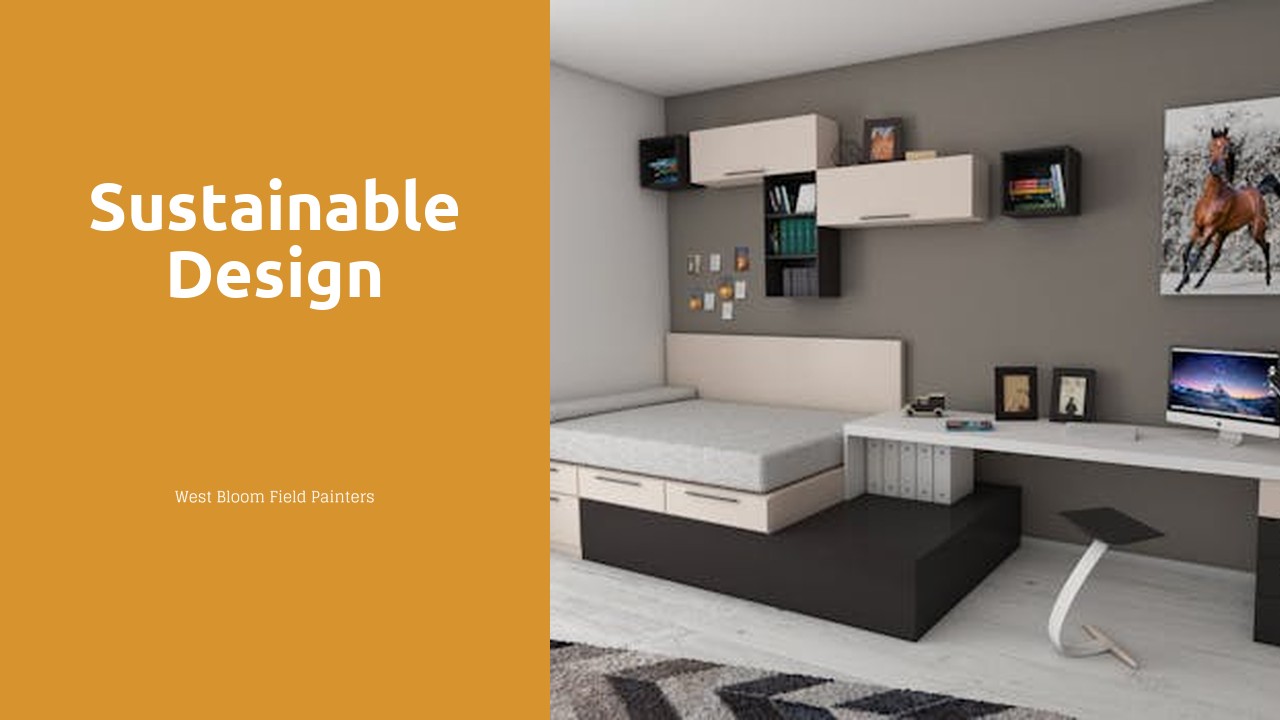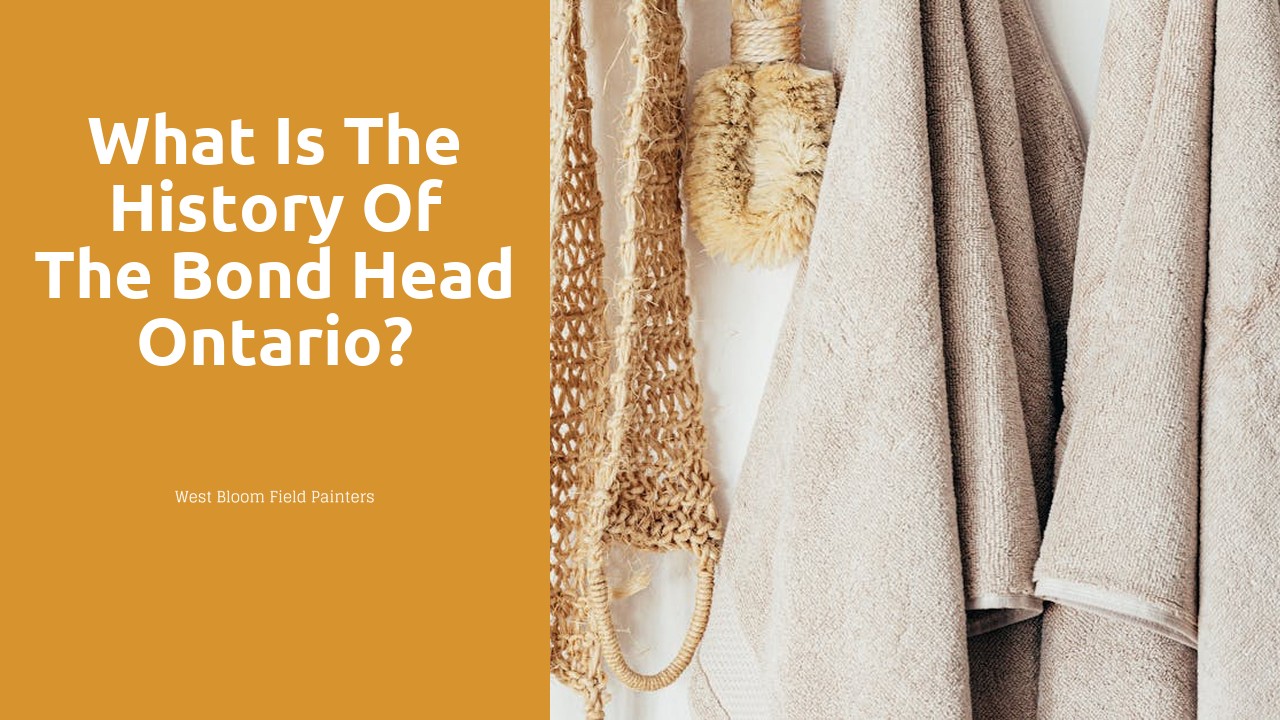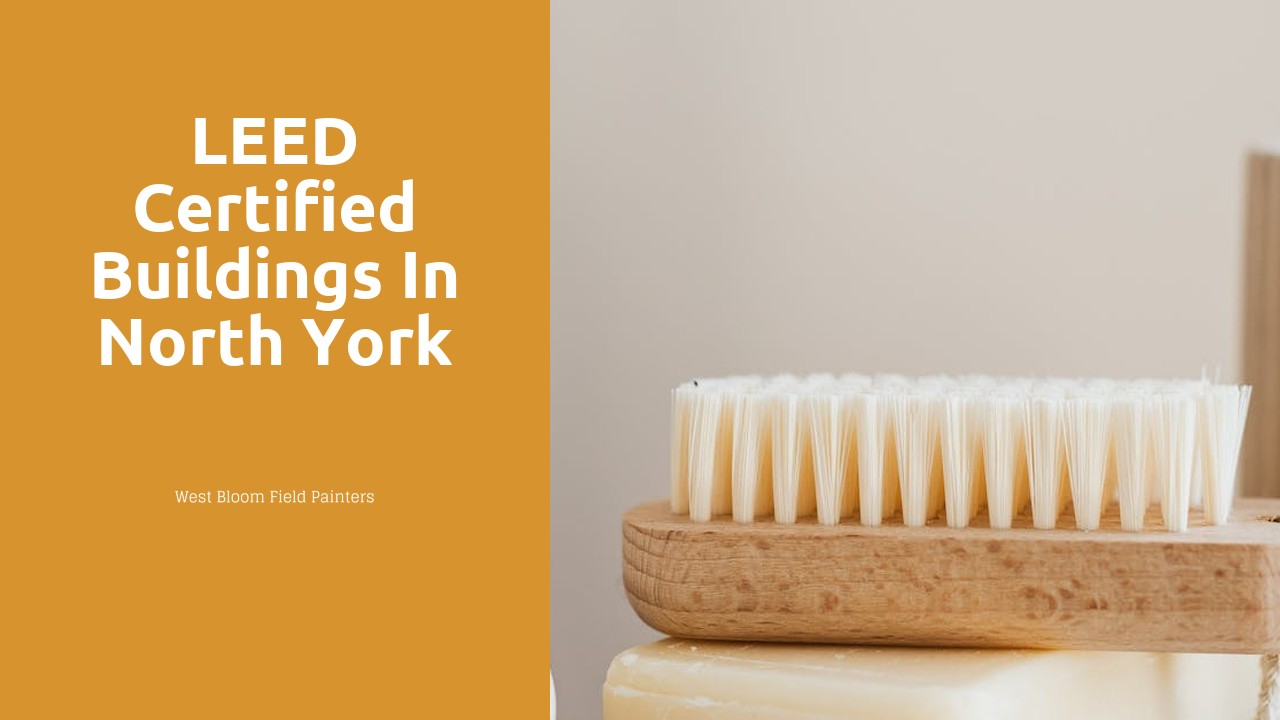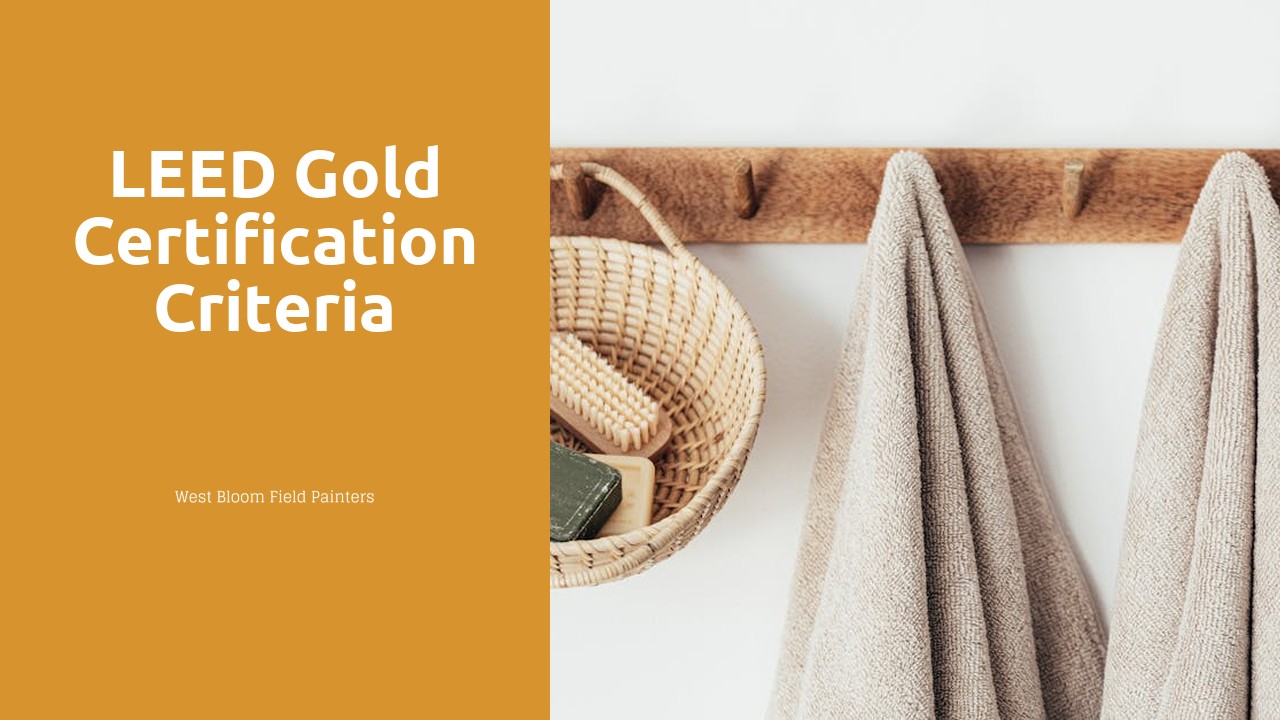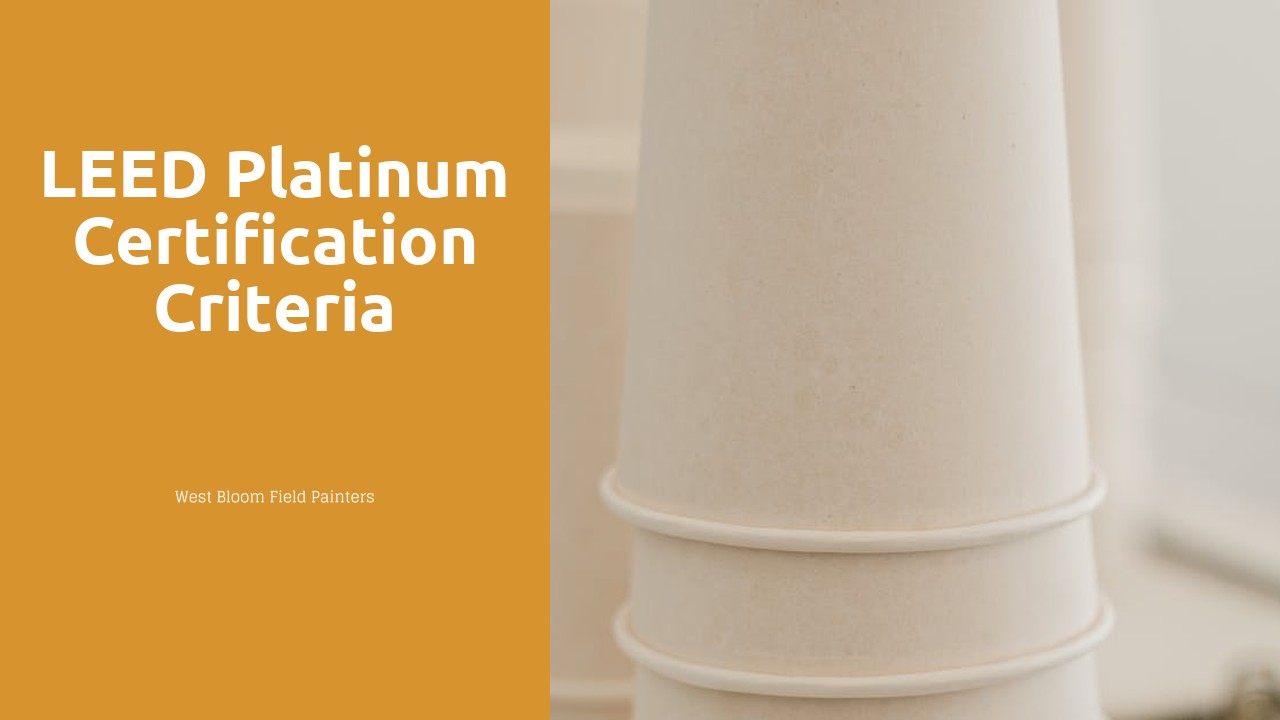
Table Of Contents
Materials and Resources Criteria for LEED Certification
LEED certification for residential buildings places a strong emphasis on utilizing sustainable materials and resources throughout the construction process. In Caledon, a region known for its commitment to eco-friendly practices, the importance of sustainable sourcing in residential construction cannot be underestimated. By selecting materials that are locally sourced, recycled, or have a low environmental impact, builders can significantly reduce the carbon footprint of a project while promoting a healthier living environment for residents. Sustainable design in Caledon not only benefits the immediate community but also sets a positive example for the wider construction industry to follow, showcasing the feasibility and benefits of incorporating sustainable practices into residential projects.
Importance of Sustainable Sourcing in Residential Construction
Sustainable sourcing plays a pivotal role in the construction of residential buildings that aim to achieve LEED certification. The choice of materials used in the construction process is crucial in minimizing the environmental impact of the building. In Sustainable Design in Caledon, for example, builders prioritize sourcing locally produced materials to reduce carbon emissions associated with transportation and support the regional economy. By selecting materials with recycled content and those that are sustainably harvested, residential construction projects can significantly reduce their environmental footprint and contribute to a more sustainable future for communities.
Furthermore, sustainable sourcing in residential construction goes beyond just the materials themselves; it also encompasses the practices employed throughout the building process. This includes ensuring that suppliers adhere to ethical labour practices and environmental standards. By prioritizing sustainable sourcing practices, developers and builders can create healthier living spaces for residents while also promoting a more environmentally conscious approach to construction. Sustainable Design in Caledon sets a standard for other communities to follow in integrating sustainable sourcing practices into residential construction projects, leading the way towards more eco-friendly and energy-efficient homes.
Indoor Environmental Quality Standards for LEED Homes
Indoor environmental quality is a crucial aspect of LEED-certified homes, ensuring that residents experience a healthy and comfortable living environment. Sustainable design in Caledon prioritizes measures that enhance indoor air quality, such as proper ventilation systems, use of non-toxic materials, and adequate moisture control. By promoting these standards, LEED homes aim to reduce indoor air pollution, which can have significant impacts on occupants' health and wellbeing.
Furthermore, LEED-certified homes in Caledon focus on creating spaces that maximize natural light, minimize glare, and provide access to views of the outdoors. This not only enhances the visual and thermal comfort of residents but also reduces the need for artificial lighting and heating, leading to energy savings. Sustainable design in Caledon combines innovative strategies with tried-and-true techniques to create residential spaces that are not only environmentally friendly but also promote the health and well-being of those who call them home.
Enhancing Indoor Air Quality in LEED Certified Residences
Enhancing indoor air quality is a crucial aspect of achieving LEED certification for residential buildings. Sustainable design in Caledon emphasizes the importance of using low-VOC (volatile organic compounds) materials during construction to minimize harmful emissions that can compromise the indoor air quality of homes. By selecting materials that emit fewer toxins, residents can enjoy cleaner and healthier indoor air, promoting overall well-being.
In addition to low-VOC materials, proper ventilation systems are essential in LEED certified residences to ensure a constant supply of fresh air while expelling stale indoor air. Sustainable design in Caledon also encourages the installation of high-efficiency air filtration systems to trap pollutants and allergens, further improving indoor air quality. By prioritizing these measures, residents can breathe easier knowing that their homes are designed to promote a healthy living environment.
Innovation in Design for LEED Residential Buildings
In the world of residential construction, the concept of Sustainable Design in Caledon has been a driving force behind the innovation in designing LEED-certified homes. By incorporating cutting-edge sustainable technologies into home construction, builders in Caledon are able to create residences that not only meet the LEED standards but also significantly reduce the environmental impact of the building process. These advancements in design allow for the integration of energy-efficient systems, water-saving features, and materials that support a healthy indoor environment for occupants.
Moreover, the integration of innovative design elements in LEED Residential Buildings in Caledon goes beyond meeting the basic requirements for certification. It involves a holistic approach that considers the entire lifecycle of the building, from construction to operation and eventual renovation or demolition. By prioritizing innovation in design, builders can create homes that are not only environmentally sustainable but also adaptable to changing needs and technologies, ensuring that they remain relevant and efficient for years to come.
Incorporating CuttingEdge Sustainable Technologies in Home Construction
Incorporating cutting-edge sustainable technologies in home construction is paramount to achieving efficient and eco-friendly residential buildings. Sustainable design in Caledon emphasizes the integration of innovative solutions that minimize environmental impact without compromising on quality or comfort. The adoption of renewable energy sources, such as solar panels and geothermal heating systems, not only reduces the carbon footprint of residential properties but also leads to long-term cost savings for homeowners. Additionally, advanced building materials like recycled steel and insulated concrete forms contribute to creating durable and energy-efficient structures that stand the test of time.
Furthermore, smart home technologies play a pivotal role in enhancing the sustainability of residential buildings. From automated lighting and heating systems to energy monitoring devices, these innovations allow occupants to optimize energy consumption and reduce wastage. By incorporating these cutting-edge solutions into the design and construction of homes, developers in Caledon can showcase their commitment to environmental stewardship while providing residents with modern and efficient living spaces that promote overall well-being.
FAQS
What is LEED Certification for residential buildings?
LEED Certification is a globally recognized standard for green building design and construction, promoting sustainability and environmental responsibility in residential projects.
How do materials and resources criteria impact LEED Certification for residential buildings?
Materials and resources criteria focus on using sustainable materials, reducing waste, and promoting recycling in construction, which are essential for achieving LEED Certification for residential buildings.
Why is sustainable sourcing important in residential construction for LEED Certification?
Sustainable sourcing ensures that materials used in residential construction are environmentally friendly, ethically sourced, and contribute to the overall sustainability goals required for LEED Certification.
What is the significance of indoor environmental quality standards in LEED homes?
Indoor environmental quality standards in LEED homes prioritize occupant health and comfort by addressing factors such as air quality, lighting, and thermal comfort to create a healthier living space.
How does LEED Certification enhance indoor air quality in residential buildings?
LEED Certification promotes strategies such as proper ventilation, air filtration, and the use of low-emission materials to improve indoor air quality and create a healthier living environment in residential buildings.
What role does innovation in design play in achieving LEED Certification for residential buildings?
Innovation in design for LEED residential buildings involves implementing creative solutions and cutting-edge technologies to maximize energy efficiency, reduce environmental impact, and enhance overall sustainability in home construction.
How can cutting-edge sustainable technologies be incorporated into LEED residential buildings?
Incorporating cutting-edge sustainable technologies in home construction, such as solar panels, geothermal heating, and smart home systems, can help increase energy efficiency, reduce carbon footprint, and meet the sustainability requirements for LEED Certification.
